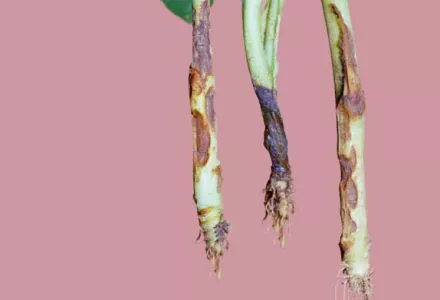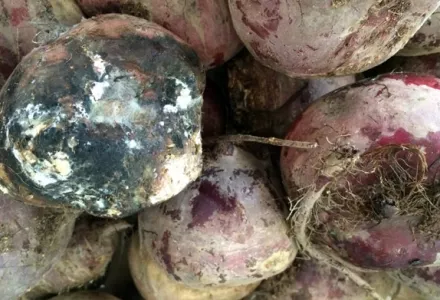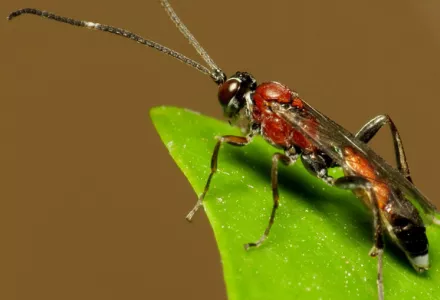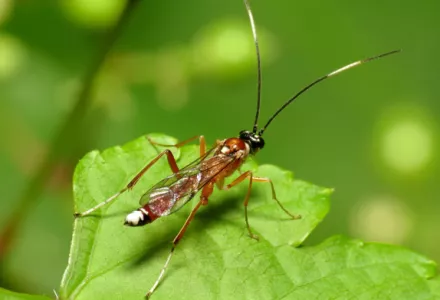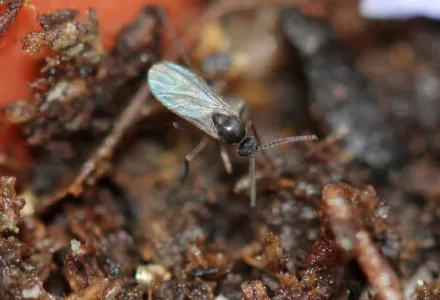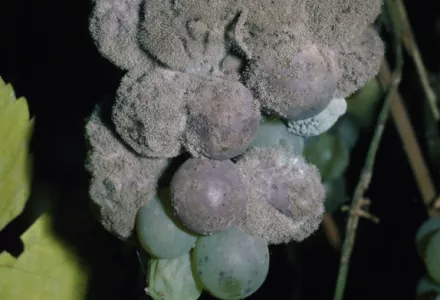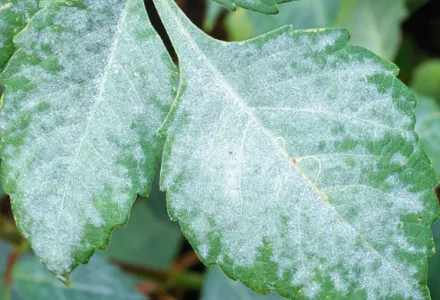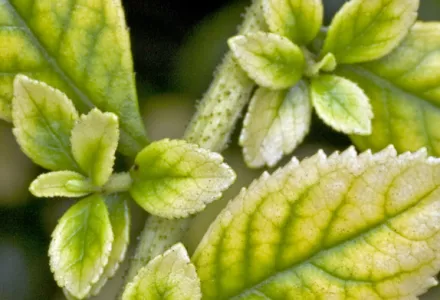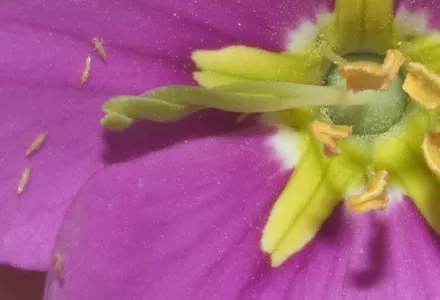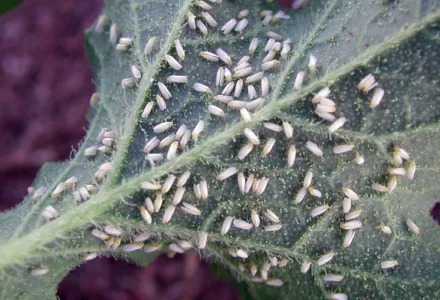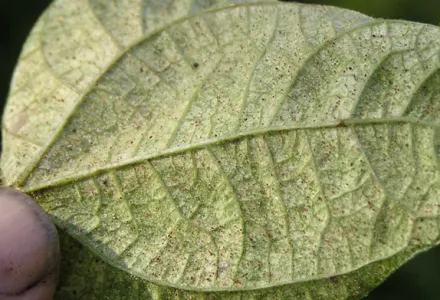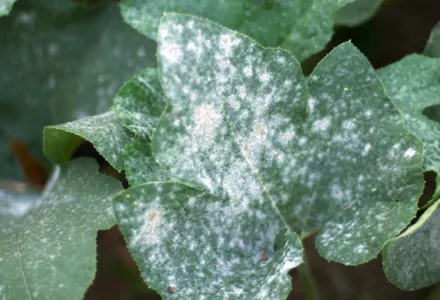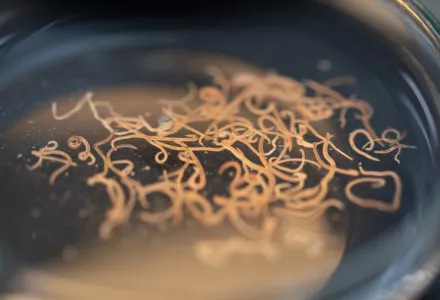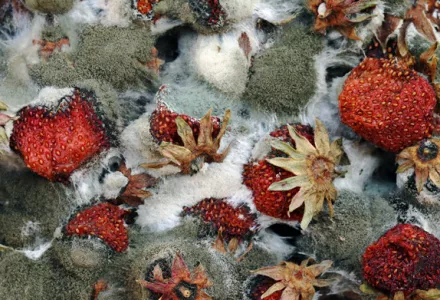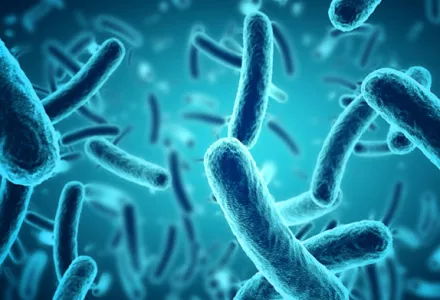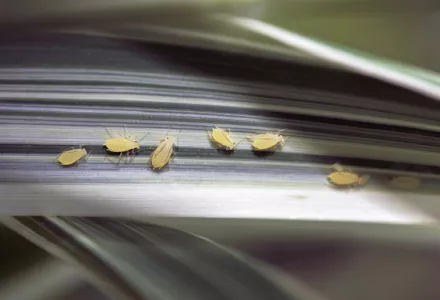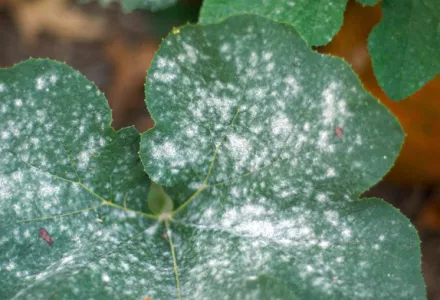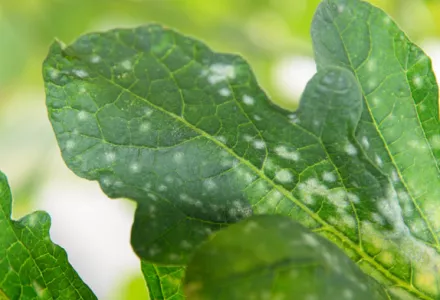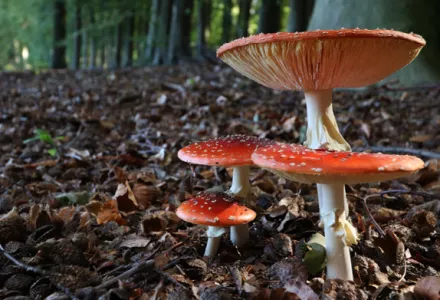Collembola, otherwise known as springtails, are one of the largest groups of insect-like organisms found in the soil. A close relative of silverfish, these arthropods include over 6000 separate species worldwide. They are no longer considered insects but remain arthropods for classification purposes.
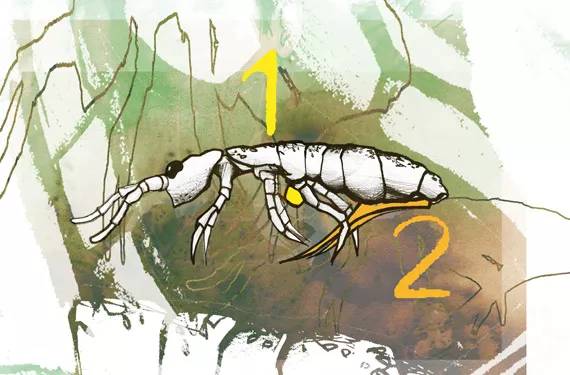
Collembola or Springtails?
They are named Collembola because each sports an appendage known as a collophore or tube (1) from the first abdominal segment. the common name ‘springtail’ comes from an additional forked appendage located on the forth segment known as a furcula (2) which is locked into another appendage on the third segment known as a tenaculum. It is held in place by this locking mechanism until it is released against a hard surface causing the animal to ‘spring’ into the air some 20cm. This is not controlled movement but a survival mechanism.
Springtails are wingless hexapods (six-footers) with incomplete metamorphosis. There are no larval or pupae stages; the newly hatched springtails resemble the adults. Springtails molt several times during their life cycle. Springtails are typically small (less than 6 mm), feed on decaying vegetation and organic matter found in the soil, and require high humidity to survive. They will also feed on the recently dead springtails from the groups. Springtails are not usually considered a major plant pest unless populations are so high that they begin feeding on soft plant tissues. At least one important species is a garden or greenhouse pest because it will feed on pollen and soft flower tissues. Soft tissues especially involve flowers or florets and springtails seem more attracted to plants with lighter colours.
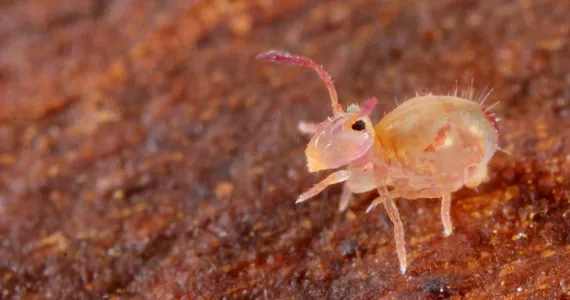
Crop-specific springtails
There are also at least two other springtail species that tend to be crop-specific pests. Springtails prefer cooler conditions, need moisture, and come in a wide range of colours. Some are known as ‘Snow Fleas’ because they appear in early spring on the melting snow. There are 4 important families in this group, which have been found at extremely high population densities of over 750 million individuals per hectare. Although they seldom cause problems, they have been known to become an issue in human habitations when populations are very high, but again they need an organic food source and high moisture levels to survive.
Diseases from Springtails
They are not known to harbour any particular disease or pathogens, nor are they a primary vector for pests and diseases. Insects with chewing mouth-parts, such as springtails, seldom are. They may well carry fungal or bacterial spores from their soil habitats and initiate secondary infections at the feed sites through this mechanism. To determine the presence and density of existing populations in outdoor gardens or indoor growing areas, you can place a pan of water on the growing medium or soil below the plants prior to irrigation. The insects cannot control their jumping and some will land in the water and drown, so that they can be counted later.
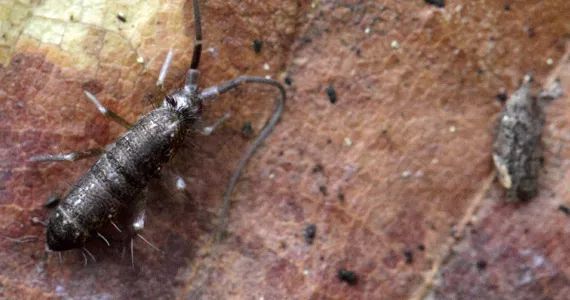
Control methods
Springtails can best be controlled through modifying growing practices. Over-watering, plant and soil debris left on floors or bench tops, and poorly aerated mediums are all factors that contribute to population increases. While insecticide controls are available, such as those containing the active ingredients bifenthrin, cyfluthrin, carbaryl, Malathion, or permethrin, the best form of control is using proper cultural practices.
Control is best achieved through sanitation before, during and after cropping.
- Proper soil drainage is critical to ensure that the plant mediums are not saturated and can dry between applications of water.
- Use new medium and avoid adding organic material from outdoor sources.
- For rooms that have been contaminated, it is usually enough to carry out a thorough clean-up after the crop and allow a brief dry period when everything in the room is allowed to dry totally with slightly elevated temperatures.
- Avoid re-contamination with the next crop.

